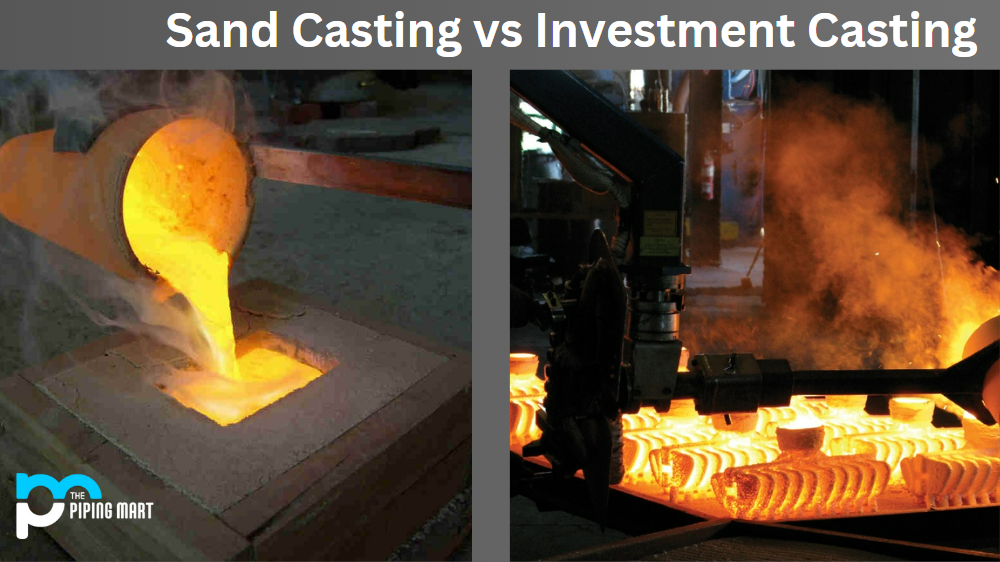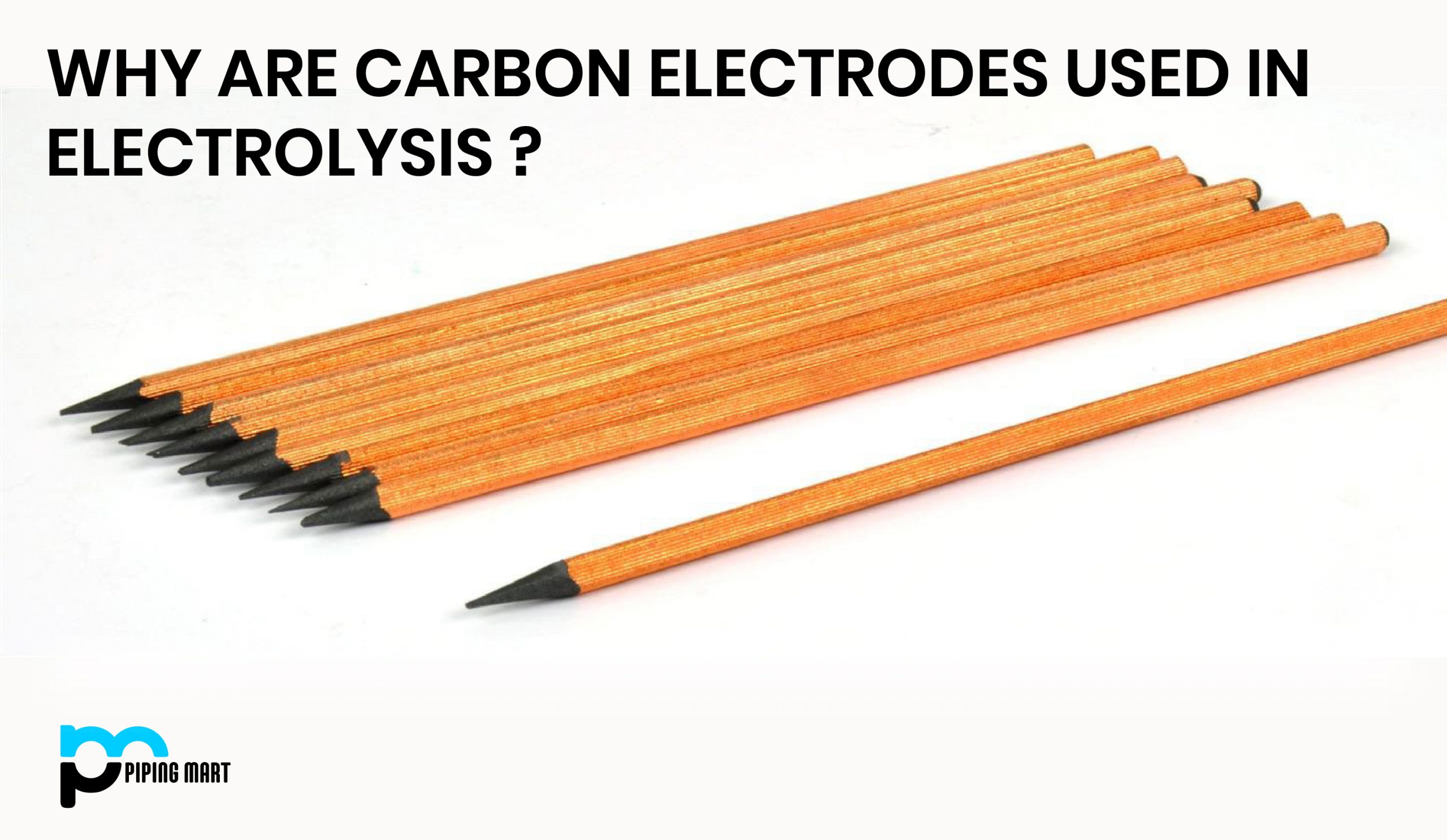Sand casting and investment casting, or lost-wax Casting, are two popular methods of metal casting. Both processes have their own advantages and disadvantages, so which one should you use for your project? To help you decide, let’s look at each process’s basics.
Sand Casting
Sand casting is a type of Casting that involves using sand as the mold material. Sand casting is relatively cheap and quick, making it a popular choice for prototyping and small-scale production. However, sand casting can be difficult to control, and the finished products may not be as precise as those made with other methods.
Investment Casting
Investment casting is a type of Casting that involves using a wax or ceramic mould. Investment casting is more expensive and time-consuming than sand casting, but it results in a much higher quality product. Investment casting is often used for high-precision applications such as aerospace components and medical devices.
Difference Between Sand Casting and Investment Casting
Sand Casting Basics
Sand casting is one of the oldest and most basic forms of metal casting. It involves forming a mould from the sand around a pattern – typically a wooden pattern – and then filling it with molten metal. This method is often used for large-scale projects where production costs are more important than intricate details.
One benefit of sand casting is that it allows for greater freedom in design than many other methods, as it can produce complex shapes without much difficulty. Also, sand molds can be reused multiple times if properly cared for. The downside to this method is that it requires more time to set up compared to other forms of metal casting. Additionally, while it produces good surface finishes, small details may need to be noticed in the process.
Investment Casting Basics
The investment casting process begins with creating a wax model or pattern that will act as an exact replica of the desired final product. This wax model is then placed into a ceramic shell which will eventually be filled with molten metal during the actual casting process. This method produces extremely detailed products with tight tolerances; however, because this process requires both time and money to set up, it is best suited for smaller-scale projects or those requiring precise detail work.
Die Casting
Die Casting is a type of Casting that involves using a metal mould. Die Casting is faster and cheaper than investment casting, but it results in a lower-quality product. Die Casting is often used for mass-produced items such as toys and household appliances.
lost-wax Casting
Lost-wax Casting is a type of investment casting that involves using a wax mould. Lost-wax Casting is more expensive and time-consuming than other types of investment casting, but it results in a much higher-quality product. Lost-wax Casting is often used for high-precision applications such as jewellery and sculpture
Conclusion:
Both sand casting and investment casting offer unique benefits that make them ideal for specific applications. When deciding which option to go with for your project, consider how intricate the design needs to be and how much time you have available for setup and production runs. Whether you choose, sand casting and investment casting can provide excellent results when done correctly! For website owners looking to create high-quality custom components quickly and efficiently, these two methods are definitely worth exploring further!

Abhishek is a seasoned blogger and industry expert, sharing his insights and knowledge on various topics. With his research, Abhishek offers valuable insights and tips for professionals and enthusiasts. Follow him for expert advice on the latest trends and developments in the metal industry.




